
BlackBerry Curve 8310
130 EUR
Discover the sleek and functional BlackBerry Curve 8310, with a 2.5-inch display, 2MP main camera and LED flash. Available in stylish silver.
Smartphone Specifications and Features Summary:
Announced: 2007, August
Status: Discontinued
Display: 2.5 inches 65K colors
OS: BlackBerry
Network: GSM
CPU: 32-bit Intel XScale PXA272 312 MHz
Memory: 64MB ROM
Battery: Removable Li-Ion 1100 mAh
Available color(s): Silver
The Legacy of BlackBerry Curve 8310: A Tech Icon
Tracing back to the year 2007, the smartphone industry was still in its infancy, with only a few players dominating the market. However, a new contender emerged, promising to revolutionize the way we communicate and handle business on the go. The BlackBerry Curve 8310, announced in August 2007, brought to the table a combination of sleek design, powerful hardware, and advanced features that set it apart from its competitors.However, just like all good things, the BlackBerry Curve 8310 eventually came to an end. Let's take a look at this iconic device and its legacy in the world of technology.
The Evolution of BlackBerry OS
BlackBerry Curve 8310 was powered by BlackBerry OS, the operating system developed by Research In Motion (RIM), now known as BlackBerry Limited. Back then, BlackBerry OS was one of the pioneers in the smartphone industry, introducing features like push email, secure messaging, and the iconic BlackBerry Messenger (BBM).
But what made BlackBerry OS stand out was its compatibility with enterprise servers, making it a favorite among business users. The ability to access emails and work documents on the go, with a secure and efficient platform, gave a significant advantage to BlackBerry devices in the market.
Sleek Design with a QWERTY Keyboard
One of the standout features of the BlackBerry Curve 8310 was its sleek design, which was a perfect blend of functionality and style. The device measured 107 x 60 x 15.5 mm and weighed only 111 g, making it easy to carry around. The glossy silver finish added a touch of elegance to the overall look of the device.
But what truly set the BlackBerry Curve 8310 apart was its QWERTY keyboard. At a time when touchscreen technology was not as advanced as it is now, having a full physical keyboard was a game-changer. It made typing and messaging a breeze, boosting the productivity of its users.
Advanced Features Ahead of Its Time
The BlackBerry Curve 8310 was equipped with a 32-bit Intel XScale PXA272 312 MHz CPU, which was considered highly powerful at the time. It also had a dedicated slot for a microSDHC card, allowing users to expand the device's internal 64MB ROM storage.
With a 2.5-inch display and 65K colors, the BlackBerry Curve 8310 delivered a vibrant and crisp viewing experience. It had a resolution of 320 x 240 pixels and a 4:3 aspect ratio, which was considered standard back then. The device also featured a 2 MP rear camera with LED flash, which was a significant upgrade from the previous BlackBerry models.
The device also had a host of other features, such as a loudspeaker, 3.5mm jack, and a miniUSB 2.0 port. It also came with Bluetooth 2.0, A2DP, and GPS capabilities, which were ahead of its time. The BlackBerry Curve 8310 also had a strong battery life, with a removable Li-Ion 1100 mAh battery that could last up to 408 hours on standby and 4 hours of talk time.
The End of an Era
The BlackBerry Curve 8310 had a solid run in the market, with its advanced features and sleek design gaining popularity among business and non-business users alike. However, with the emergence of touchscreen smartphones and the decline of BlackBerry OS, the BlackBerry Curve 8310's time came to an end.
The device was officially discontinued, and BlackBerry shifted its focus to developing new operating systems and devices. But despite its discontinuation, the BlackBerry Curve 8310's legacy continues to live on in the hearts of its loyal users.
Conclusion
The BlackBerry Curve 8310 may have been discontinued, but its impact on the evolution of smartphones cannot be ignored. It set the standard for productivity and efficiency on mobile devices, and its sleek design and advanced features were ahead of its time. The device paved the way for future Blackberry models and influenced the development of other operating systems, making it a true tech icon.
Latest BlackBerry Curve 8310 Specs and Prices
LAUNCH
- Announced: 2007, August
- Status: Discontinued
PLATFORM
- Operating System: BlackBerry OS
- CPU: 32-bit Intel XScale PXA272 312 MHz
MEMORY
- Card slot: microSDHC (dedicated slot)
- Internal: 64MB ROM
DISPLAY
- Type: 65K colors
- Size: 2.5 inches, 19.4 cm2 (~30.1% screen-to-body ratio)
- Resolution: 320 x 240 pixels, 4:3 ratio (~160 ppi density)
BODY
- Dimensions: 107 x 60 x 15.5 mm (4.21 x 2.36 x 0.61 in)
- Weight: 111 g (3.92 oz)
- Keyboard: QWERTY
- SIM: Mini-SIM - Trackball
MAIN CAMERA
- Single: 2 MP
- Features: LED flash
- Video: No
SELFIE CAMERA
- -: No
BATTERY
- Type: Removable Li-Ion 1100 mAh battery
- Stand by: Up to 408 h
- Talk time: Up to 4 h
CELLPHONE NETWORK
- Technology: GSM
- 2G bands: GSM 850 / 900 / 1800 / 1900
- Gprs: Class 10
- Edge: Class 10
SOUND
- Loudspeaker : Yes
- Alert types: Vibration; MP3, WAV ringtones
- 3.5mm jack : Yes
COMMUNICATIONS
- WLAN: No
- Bluetooth: 2.0, A2DP
- Positioning: GPS
- Radio: No
- USB: miniUSB 2.0
FEATURES
- Sensors: -
- Browser: HTML - BlackBerry maps Document editor (Word, Excel, PowerPoint, PDF) MP4/WMV/H.264 player MP3/WAV/eAAC+/WMA player Organizer Voice memo/dial
MISCELLANEOUS
- Colors: Silver
- SAR: 1.09 W/kg (head) & & 1.11 W/kg (body) & &
- SAR EU: 0.59 W/kg (head) & & 0.63 W/kg (body) & &
- Price: About 130 EUR
Disclaimer: Specifications shown may be different from the actual product. We cannot guarantee that the information provided on this page is 100% correct. This content is provided for information purposes only. All information included herein is subject to change without notice.


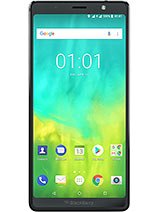
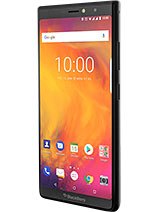
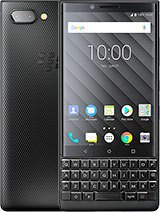
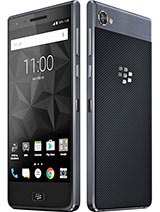
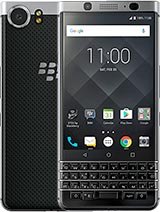

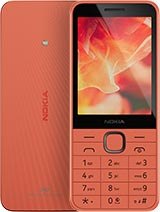


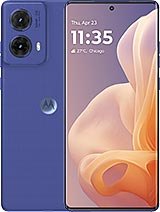





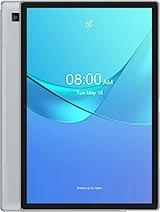

Leave your Opinion here